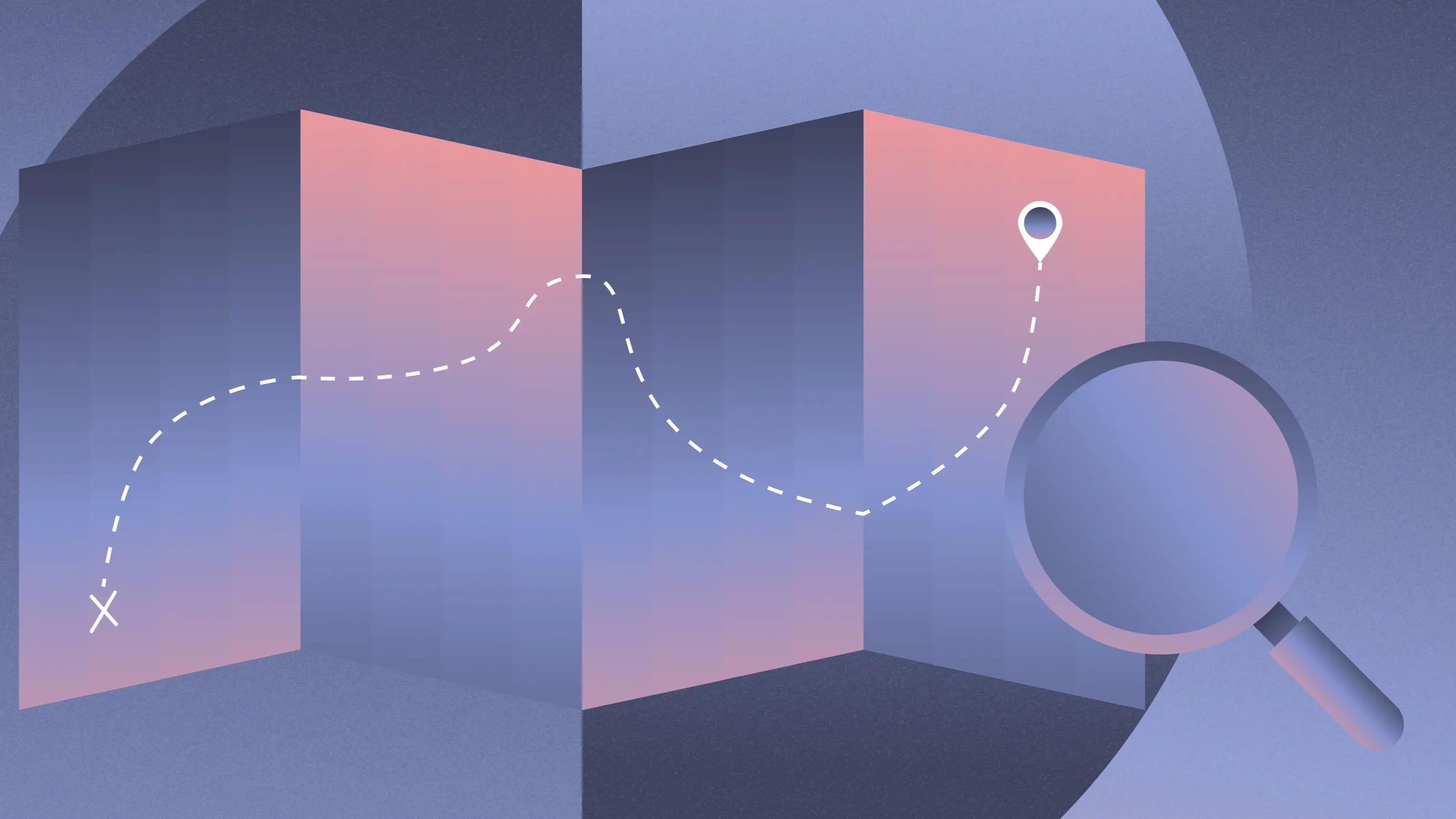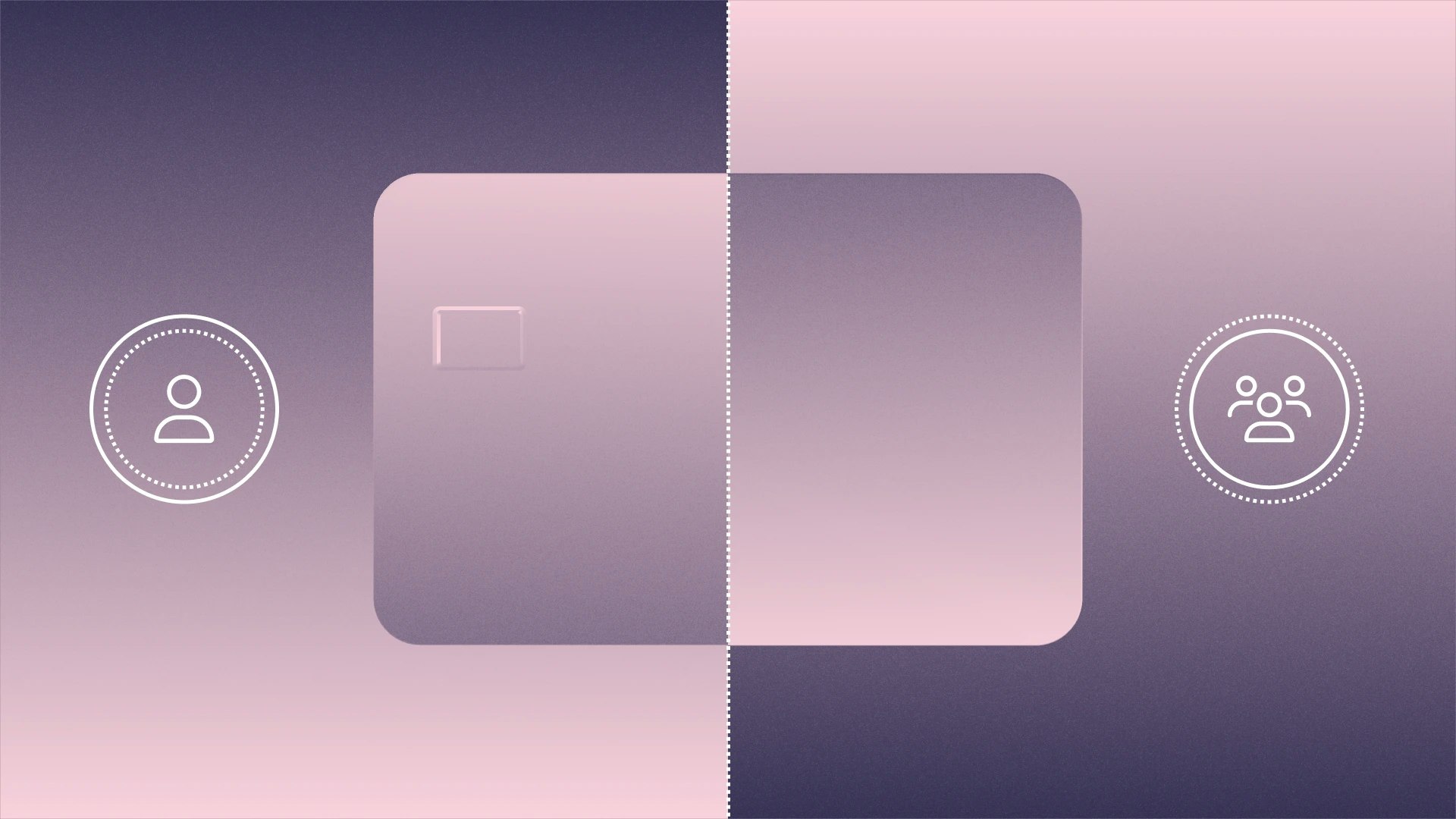Identifying your product’s aha moment

Former product manager turned content marketer and journalist.
When you try a product for the first time, do you immediately recognize its value, or does it take some time? The answer is probably, “It depends on the product.”
The same is true for your product's users. From your perspective, you want them to see value as quickly as possible. But users approach products in a variety of ways. Some may dive in and poke around, uncovering value for themselves. Others aren’t as proactive. And if they never make the connection between your product and the problems it solves, you’ll lose their interest.
If you guide users to that lightbulb moment — also known as the “aha moment” — you have a better chance of retaining them. It all starts with knowing exactly how users reach those moments within your product.
What is an aha moment?
According to ProductLed, an aha moment is “a state of mind.” It’s the moment that a user perceives value in your product. Once they perceive value, you can convert them to a paying customer, whether through an upgrade from free to paid or maintaining a monthly subscription.
It’s critical that users reach the aha moment early, or they may abandon an app altogether. Think of a user who downloads the Uber app for the first time. If the first experience is a ride that takes too long to arrive, the user may never try Uber again because there was no aha moment.
Netflix has a similar need to show value early and differentiate itself from other streaming platforms. That means surfacing a Netflix Original show that a new user immediately starts binging.
An aha moment is a specific event within your product. It could be trying a feature, running a report, setting up an integration with another product, or something else. It could even happen outside the product, if a user attends a webinar or sees a social post that convinces them of your product’s value. (In this case, though, it’s important that your product delivers when they try it out for themselves, so be mindful of setting realistic expectations around what your value add is.)
How to uncover your product’s aha moment
Even if your product has many amazing features, there are key points in a user experience that become aha moments for your users. Your job is to 1) identify those aha moments and 2) drive users to discover those moments as quickly as possible.
Sometimes, understanding your product’s aha moments can be a little tricky. Depending on the complexity of your product and a user’s specific role or industry, you may even have multiple aha moments. For the most part though, the signal you’re looking for is what behaviors or interactions a user has directly before they choose to convert.
Product analytics tools (like Amplitude, Mixpanel, or Heap) can help you identify aha moments. They allow you to examine — in granular detail — the exact steps a user takes before making the decision to become paying customers.
If you don’t have an analytics tool, you may be able to figure out your aha moments by looking at other data. If you divide your users into cohorts, such as paying users versus non-paying users, can you see anything that paying users have in common? Have they used certain features that non-paying users haven’t tried? It won’t be as specific as product analytics, but this kind of trendspotting and analysis may give you some ideas.
Finally, you can ask users. If a user converts to paying, you could send a survey asking which features they find most valuable. Or if a user doesn’t convert, you can ask what they were looking for that they didn’t find. Knowing why users didn’t convert can help you identify missed opportunities.
Outline the steps to an aha moment through user journey mapping
Once you’ve identified your aha moments, the next step is figuring out how users get there.
Product analytics or reviewing your data may give you some clues. You can “see” that a user took Action 1, Action 2, and Action 3 before arriving at the aha moment.
With that information, you can tie the aha moment to a user journey. For example:
- A specific user or persona signs up
- That user has specific goals
- The user goes through different stages of the journey, from awareness to purchase
- The user experiences different touchpoints and interactions
At some point, the user lands on the aha moment and goes from user to paying customer.
Your goal is to narrow down what the aha moments and other stages of the user journey have in common, even starting with the very early stages. You may find that your users have a lot of brand awareness coming in, which helps them reach the aha moment faster because they know what to expect.
Guide users to the aha moment
Identifying your aha moments (and how they fit within the larger user journey) is the goal of better guiding users to those moments. You only have a small window of time to catch the user’s attention before they give up or move on, and you can’t always rely on users to find the aha moments on their own.
Here are a few ways you can influence the user journey.
Reduce friction points
If your product is hard to navigate for any reason, users may never reach an aha moment. You have to remove any product-related barriers.
Exit surveys of users who didn’t convert may identify this, if users respond that they were looking for a certain feature that currently exists in your product. You may also find this in product analytics. Users who drop off after a certain point (such as minutes after loading your app) without ever exploring potential use cases may have gotten stuck.
Enhance the onboarding process
During onboarding, you can provide on-screen tooltips that encourage users to try out certain features, once you know which ones will most likely convert.
If you know that several features have to come together for a user to reach an aha moment (especially in more complex products), an onboarding checklist can help users navigate those requirements and let your product really shine.
Provide suggestions
If a user doesn’t find your aha moment during the first session, you have a chance to draw them back into your product.
An email sequence can encourage users to return and try a feature or experiment with a template. You can also do this with an in-product announcement, reminding users to check out different areas each time they log in.
Celebrate milestones
Sometimes, you might discover that repetition leads to an aha moment (like Netflix binging). Your users see value once they’ve taken several different actions or done one task a few times.
You can congratulate users to affirm this journey, or even show a progress bar. If you have a social product, you can even encourage users to share their results with others, either within their team or on social media. Milestones have the dual benefit of guiding users to their aha moment and giving them a warm fuzzy for their efforts.
Experiment with aha moments
An aha moment connects users to your product’s promise: that they will receive value in exchange for their money. And since it needs to occur as early as possible, you should experiment with the best ways to drive your users to these moments.
If you try several of the suggestions above, you won’t know which has the biggest impact. Instead, you should hypothesize what is most likely to drive more users to uncover their aha moment and test it. If you don’t see an uptick in conversions, ask yourself if you need to tweak the experiment, or try something else.
Perhaps this dips into buyer psychology, but it’s about deeply understanding your users, their behaviors, and what will motivate them to give your product a real chance.
About the author
Anna Burgess Yang is a former product manager turned content marketer and journalist. As a niche writer, she focuses on fintech and product-led content. She is also obsessed with tools and automation.
Related reads

The 8 most common inventory mistakes (and how to fix them)

What your first consulting retainer agreement should cover — but often doesn’t

Are business credit card rewards taxable?
